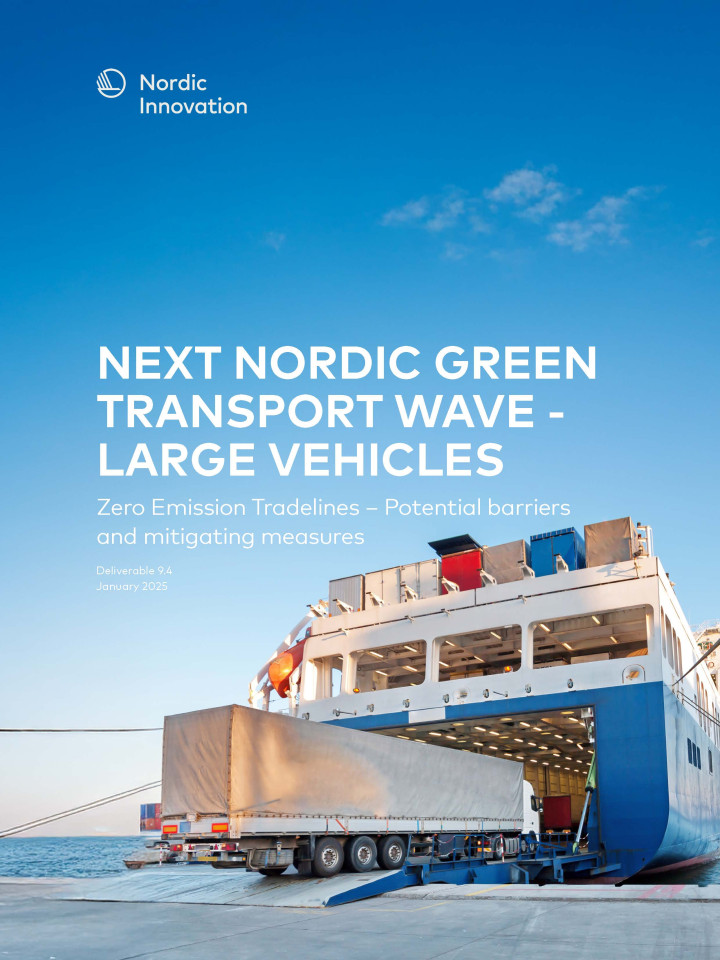Hydrogen is increasingly recognized as a zero-emission energy carrier with notable advantages over battery-based systems, particularly in terms of weight and refuelling efficiency, making it highly competitive for long-range and heavy load transportation. Its rapid refuelling capability compared to battery electric solutions allows for greater operational efficiency and flexibility, potentially enabling the transport of more goods over longer distances in shorter times.
An evaluation of the flow of goods in Nordic countries has been conducted to determine the optimal ports and routes for initial hydrogen infrastructure development. The goal is to prioritise ports and specific roads for hydrogen bunkering and refuelling stations for zero emission tradelines between countries.
An analysis of barriers was conducted through the course of the project, with barriers such as high costs and lack of infrastructure mentioned as important ones, and suggesting mitigating measures through standardisation, piloting, collaboration, and economic incentives.


